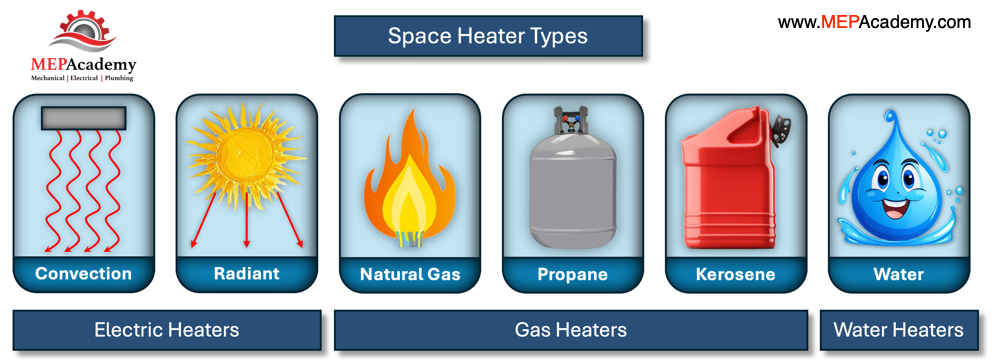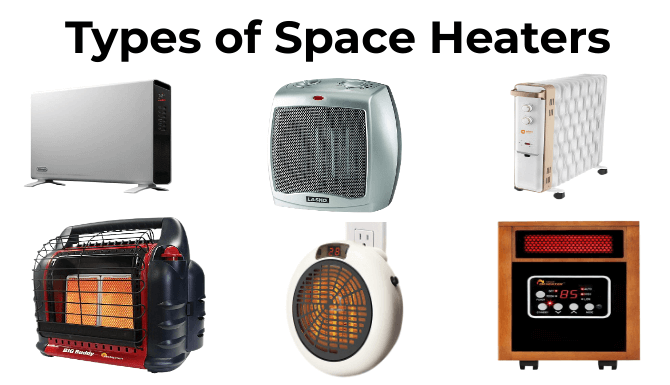1 Source Portable Air Things To Know Before You Get This
1 Source Portable Air Things To Know Before You Get This
Blog Article
The Of 1 Source Portable Air
Table of ContentsThe Ultimate Guide To 1 Source Portable AirHow 1 Source Portable Air can Save You Time, Stress, and Money.Excitement About 1 Source Portable AirGetting The 1 Source Portable Air To Work1 Source Portable Air Things To Know Before You Buy
Running prices are based upon an electrical energy rate of 40c/kWh. The costs for 3 months' usage in winter months are based on 500 hours use, or about 6 hours each day for three months. Maximum warm result is based upon the maximum wattage of the designs we've evaluated (we concentrate on greater wattage heating units).
On average, little follower heating systems are much less expensive to acquire, but can have higher running expenses. Oil column heaters will be the cheapest on the market to run (on average) but only by a slim margin in advance of convection heaters (like panel and micathermic panels).
The Best Strategy To Use For 1 Source Portable Air
If you have a reversible ceiling follower, it'll assist spread the heat around the area extra equally. A number of costly heating systems have actually fallen short to thrill our testers, while some less expensive designs make for remarkably great buys.
As the name recommends, they radiate heat from a red-hot burner (so the household will have to take turns resting in front of it). There are flooring and wall-mounted models readily available. Radiant heating units are fairly low-cost. They have a cosy radiance and personal warming impact, like being in front of a fire.
The relatively exposed burner can be a fire and safety danger. As an example, a piece of apparel dropped over it may ignite, or small kids messing around a floor version may melt themselves, so beware. Radiant heating units generally set you back in between $20 and $200. Oil-filled column heating systems do not actually shed oil they make use of electricity to heat the oil that's sealed inside their columns or 'fins'.
Fascination About 1 Source Portable Air
Some column heating units aren't also oil-filled yet rather make use of other product or heating innovation to function similarly - 1 Source Portable Air. The risk of fire with an oil column heater is reduced contrasted to various other heater types, but never zero. Oil heating systems do not have subjected components like radiant heaters do, and their surface area temperature is lower than several other heating unit kinds (their large area offsets it)
Oil column heating systems will not take off, and while they don't melt their oil to produce warmth, it's still flammable, so there is a fire threat if the oil leakages, if the heating unit topple and leakages, or if flammable things or material come into contact or drop on the heating system. You ought to exercise the same degree of caution with oil i was reading this heating units as for various other heating system types, and never ever hang towels or clothing over one to dry them use a drying out shelf rather, at the very least one metre away.
Column heating units are particularly valuable in areas where they'll be activated for extended periods of time or where they'll run ignored, such as overnight in a room. The surface areas you're most likely to touch on a column heating system do not get as hot as other sorts of electric heating units. You can use a ceiling fan on extremely low rate to assist the column heating unit to disperse the heat faster and extra uniformly.
Oil-filled column heating units typically set you back in between $50 and $450. Convection and panel heaters draw cool air over an electrical heating element.
Not known Details About 1 Source Portable Air

Convection and panel heaters are extra portable than their oil-filled column heater counterparts due to the fact that they're dramatically lighter. Like a column heating unit, you can use a ceiling follower on really reduced rate to disperse the warm much faster and extra uniformly.

The Ultimate Guide To 1 Source Portable Air
Fan heating units are typically smaller and much more portable than various other electric heating units. They likewise come in the type of tower fan heating units, which can be better for dispersing warmth around larger spaces due to their taller account. They can heat the air in a space more swiftly, equally and swiftly than a few find more info other heating system types.
Fan heating units (ceramic or otherwise) usually expense in between $60 and $900. Ceramic fan heaters aren't necessarily any different in rate to non-ceramic models.
Report this page